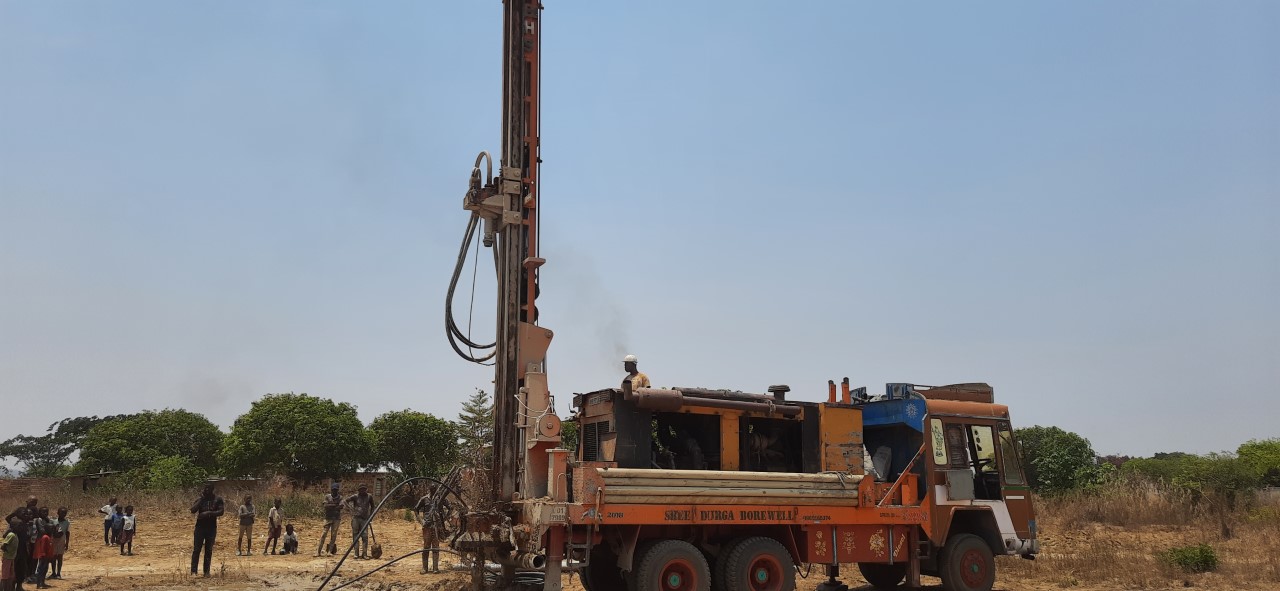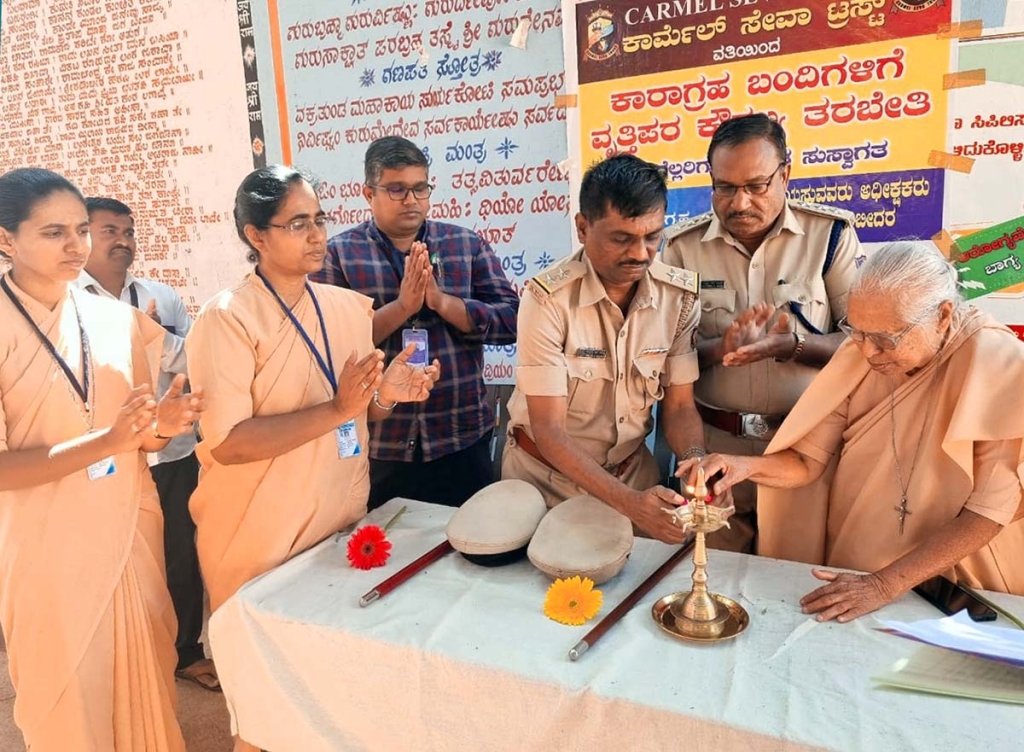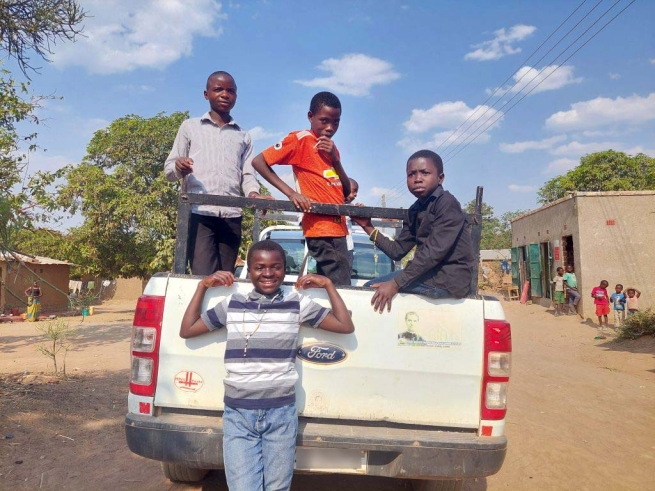INDIA: Salesian Missions donor provides funding to repair St. John Bosco Parish church
(MissionNewswire) Salesian missionaries in Guwahati, the largest city in the Indian state of Assam, were able to repair the dilapidated church within the St. John Bosco Parish in the village of Boko, thanks to funding from a Salesian Missions donor. The funding allowed Salesian missionaries to update and change part of the roofing, put up a new ceiling, repair damaged windows and doors, and repair the broken floor. The funding also allowed missionaries to paint the entire church.
Because the church was in such a poor condition, Salesian missionaries went overbudget but were able to make up the shortfall with the support of additional donors. The people of the village contributed their time and labor in repairing the church. Now that the church is fully repaired, the local people have agreed to make regular collections on Sundays for the purpose of maintaining the church. They have also decided to come together on a regular basis in order to clean the church. The local Salesian priests and the sisters will make regular visits in order to ensure that the church is kept clean and well-maintained.
More than 100 Catholics who belong to the local Garo tribe benefited from the church repair. The local village has 26 Catholic families who use the church. These families are all farmers subsisting on meager wages from their work in the fields.
“Since the village is situated quite far away from the parish, it was difficult for the people to take part in the services on Sundays in the parish church,” says Father Joy Kachappilly. “It was not possible for people to conduct services in the dilapidated church in the village. As a result, they were becoming lukewarm in their exercise of Catholic faith. Some of them stopped coming to the church.”
Fr. Kachappilly adds, “The timely assistance that we received helped us to provide the people with a decent place for prayer. People are now happy because they can come regularly for the services. Their faith has been strengthened. People are grateful for the help and show their gratitude by frequenting all the services that are held in the church.”
Salesian Missions donors make a significant difference for Salesian programs and projects around the globe. They are ensuring that local Salesian churches, schools, youth centers and other facilities have what they need in order to effectively provide for poor youth and their families.
Salesian programs across India are primarily focused on education. Salesian primary and secondary education in the country helps youth prepare for later technical, vocational or university study. Programs also help to support poor youth and their families meet basic needs of shelter, proper nutrition and medical care in order for students to engage in their education and have hope for the future.
Access to professional training and workforce development services is highly valued by youth in India. India, which is home to 1.34 billion people (18 percent of the world’s population), will have overtaken China as the world’s most populous country by 2024, according to the World Economic Forum. While India has the world’s largest youth population, the country has yet to capitalize, leaving some 30 percent of this population not in employment, education or training.
India has the world’s fourth largest economy but more than 22 percent of the country lives in poverty. About 31 percent of the world’s multidimensionally poor children live in India, according to a new report by the Oxford Poverty and Human Development Initiative. A multidimensionally poor child is one who lacks at least one-third of ten indicators, grouped into three dimensions of poverty: health, education and standard of living.
India’s youth also face a lack of educational opportunities due to issues of caste, class and gender. Almost 44 percent of the workforce is illiterate and less than 10 percent of the working-age population has completed a secondary education. In addition, many secondary school graduates do not have the knowledge and skills to compete in today’s changing job market.
###
Sources:
World Economic Forum – 8 things you need to know about India’s economy




